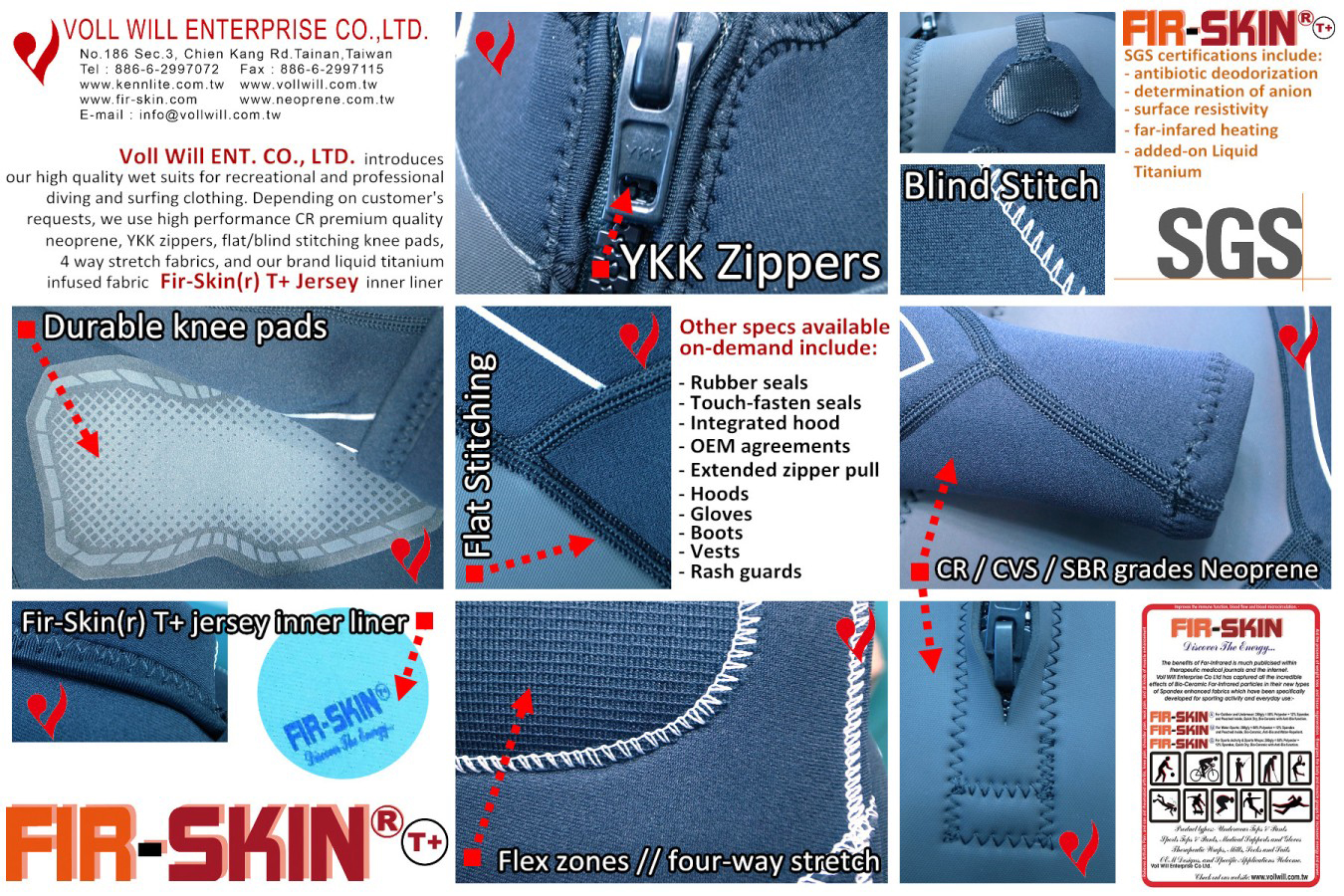
Wetsuits
Stitching Type
Long ago, around the fifties, practitioners of water sports were looking for insulated foams. The idea was to keep a thin layer of trapped water between the material and the skin. By then, neoprene was the preferred material for thermal insulation. Thus it began the era of suits to be worn in the water to keep the user’s temperature in comfortable levels: WETSUITS…!
One of the key points for thermal insulation must be the stitching used to put together a neoprene wetsuit. At Voll Will, we pay special attention to latest techniques of stitching, the most popular are still flat stitching, over lock stitching, zigzag binding, blind stitch and heating tape sealing. We have the capability to make stitching on neoprene for a wide range of thicknesses, from 0.5mm up to 10mm, even for further specialized requirements from our customers.
STYLE: BLIND STITCHING with gluing inside
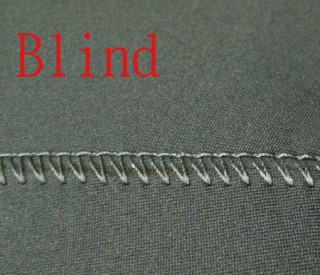
- SUITABLE FOR:
- Neoprene Wetsuit
- Neoprene Wader
- Neoprene Gloves
- Neoprene Boots
- Products are needed to be waterproof
- Products of thicker Neoprene
STYLE: HEAT SEAL TAPE

- SUITABLE FOR:
- Neoprene Wetsuit
- Neoprene Wader
- Neoprene Gloves
- Neoprene Boots
- Products are needed to be 100% waterproof
- Breathable Wader
STYLE: FLATLOCK STITCHING
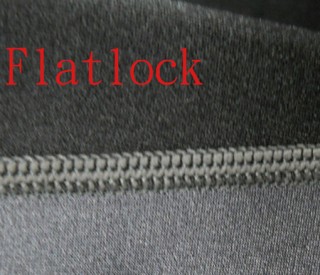
- SUITABLE FOR:
- Neoprene Wetsuit (thinner than 3mm)
- Rush Guard
- Layers
- Under Wear
- Products are needed to be fit to body
- Slimming pants
STYLE: OVERLOCK STITCHING
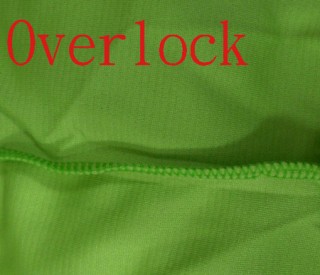
- SUITABLE FOR:
- Some parts for more stretchable such as neck
- Rush Guard
- Layers
- Under Wear
- Garment such as T-shirt, Polo shirt or jacket
STYLE: ZIGZAG STITCHING
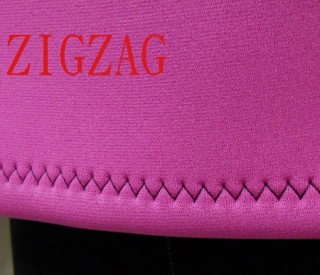
- SUITABLE FOR:
- The banding of cuffs
- The banding of zipper
- Neoprene coolers
STYLE: ZIGZAG LYCRA BINDING
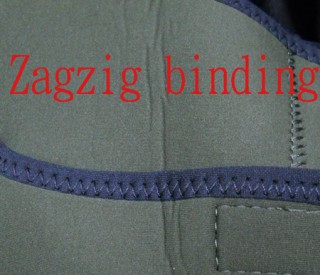
- SUITABLE FOR:
- The edge of pocket
- The edge of wader
- The cuffs of wetsuit
- The cuffs of boots
- The edges on the most of Neoprene products
STYLE: MOURSER TAPE BINDING
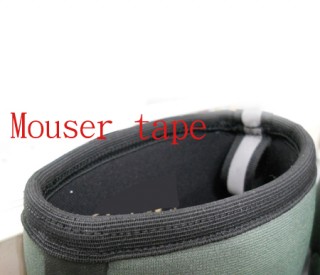
- SUITABLE FOR:
- The cuffs of gloves
- The edge of pocket
- The cuffs of boots
- The cuffs of coolers
- The edges on the most of Neoprene products
